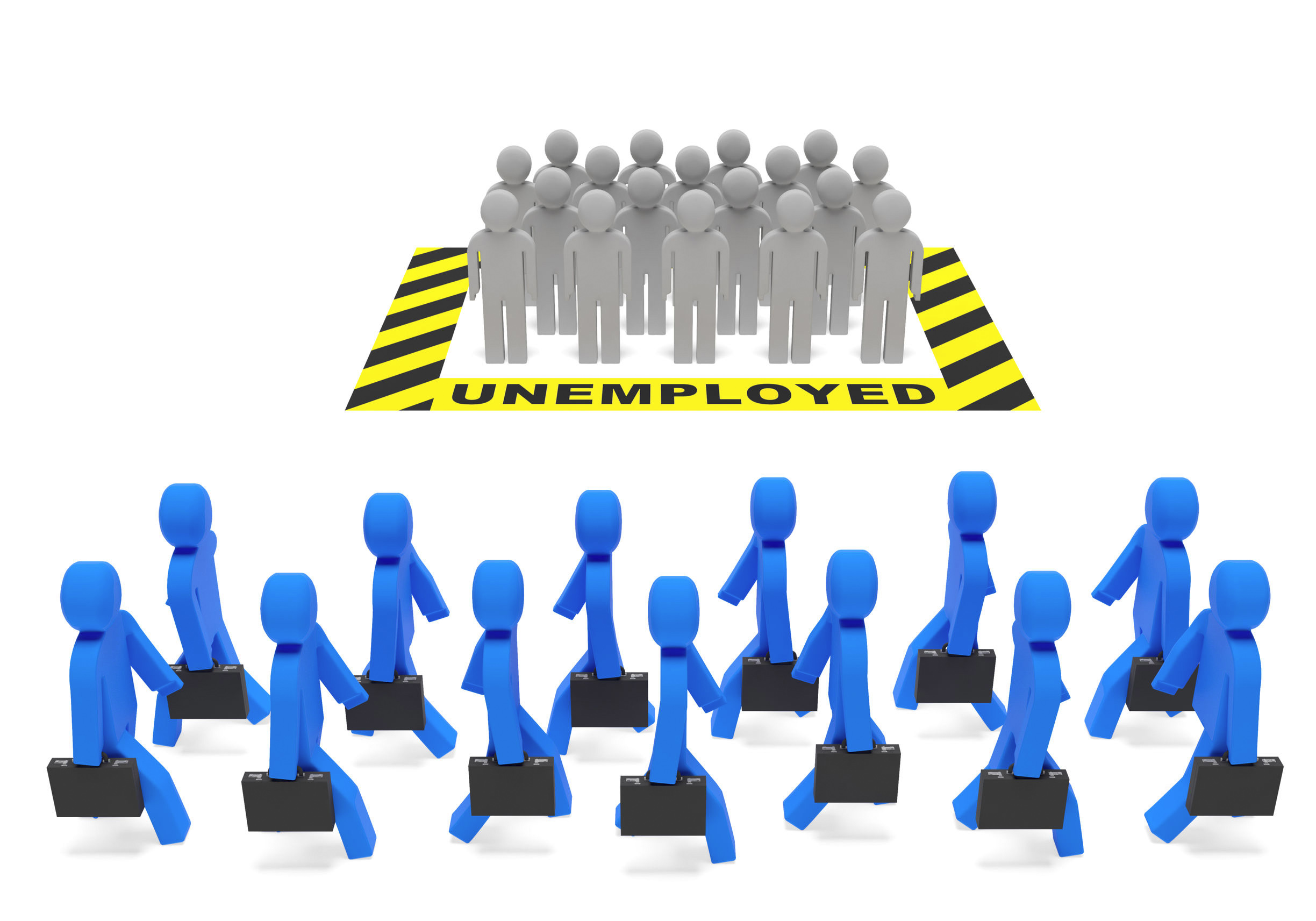According to the Statistical Center of Iran, during the last Iranian year (ended on March 19), nearly 40 million Iranians in the working age (defined as 10 years and older) were not economically active.
As per the definitions of the International Labor Organization, economically active population comprises all persons of either gender who supply labor for the production of economic goods and services during a specified time-reference period, and includes both the employed and unemployed job seekers who are in the working age (10 years old and older).
The SCI has classified the nearly 40 million economically inactive population (out of the total 60 million aged 10-60) in 11 categories namely housewives; those pursuing education; people unable to work due to physical disability or illness; waiting for new jobs; waiting to return to a previous job; waiting to hear from prospective employers; those looking for a job; waiting for a job opening season; unaware of job hunting methods; having responsibilities within family; and those not wanting employment.
“The classification is erroneous, because economically inactive population comprises all persons who are neither employed nor unemployed during the reference period used to measure current activity; in other words, it consists of those who are unemployed as well as those not seeking a job, says top econometrician Mehran Behnia.
“But the SCI has categorized people who might, for various reasons, be unemployed or not looking for a job.”
The SCI also reveals that between 2005 and 2015, the economically inactive population grew by more than six million. “What is slightly promising is that the figure has since seen a 0.6% decrease in 2015 when it was 61.8% compared to 62.4% in 2013,” says writer Ebrahim Alizadeh in an article in the Tejarat-e Farda magazine, a sister publication of the Financial Tribune.
Minister of Economy Ali Tayebnia, has said that over eight million of the 11.5 inactive population comprising university students or graduates are expected to enter the job market by 2030.
“The 6.6 million gradually added to the inactive population over the nine-year period (2005-2015) has proven to have had economic and social side effects,” deems Behnia.
“Economically, it pushed the unemployment rates higher, and socially, unemployment has pressured families and individuals, and by extension reduced marriage rates while accelerating divorce, as we have seen in the higher divorce rates registered compared with previous years.”
Also, as soon as the inactive population (for example those in universities or have graduated) begins to start looking for work, they will be automatically considered as the active population. However, as there are not enough jobs, or if educated newcomers replace the already employed, statistically speaking, the unemployment rate will increase, because this new group will be looking for jobs that are not available. (Although when they were previously unemployed, they were not looking for jobs, therefore automatically not considered when calculating the unemployed population.)
As unemployment rates increase, less people are likely to start a family, and those married who find themselves jobless and not able to afford a married life, might feel pressured to part ways.
Women More Susceptible
Three in every four economically inactive people live in urban regions. Women make up almost 70% of the inactive population just as they did in 2014. The rate increases to 74% in cities and is mostly concentrated in the 25-29 and 30-34 age groups.
“The rate of women’s economic participation in Iran is one of the lowest in the world as well as the region,” Behnia said. “Fewer than 10 countries across the world have such a low female participation rate including neighboring Afghanistan and Iraq.”
The rate of economic participation of Iranian women is one of the lowest in the world as the country ranks 141 among 145 countries in the latest Gender Gap Report of the World Economic Forum.
This is while women students in Iran have outnumbered men at universities by two to one for the past few years. Only 3.5 million Iranian women are salaried workers, compared with 23.5 million men, as per official figures.
“Women tend to have a high chance (80%) of staying unemployed, finding a job in the unofficial sector, or choosing part-time work,” Behnia noted, adding that the higher they reach at the educational level, the wider will the gap be for them between the job demand and supply, due to gender disparities.


